EU steel decarbonization may outstrip iron ore pellet supply, encourage innovation
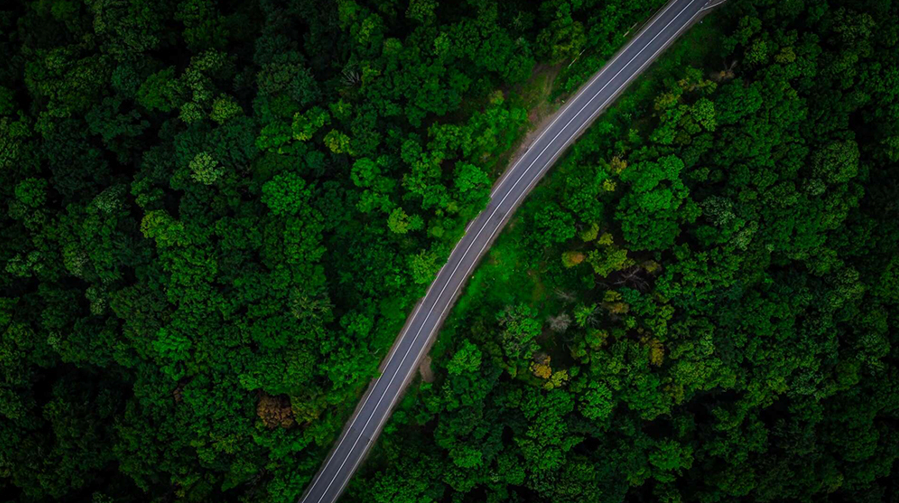
The scale of new European steel projects focused on bringing on more than 20 million mt of direct-reduced iron capacity using natural gas and hydrogen by 2030 may pressure available iron ore pellet supplies, spurring further innovations while potentially delaying a wider rollout of lower-emission steel.
New DRI and electric arc furnaces that ArcelorMittal, Salzgitter, Voestalpine, and others planned in Germany, Sweden, Spain, and other European countries will depend on scarce low impurity direct reduction-grade pellets, with 20 million mt/year of DRI demand requiring around 30 million mt in pellets. Further growth in DRI plants may be expected next decade, despite many projects yet to achieve final investment decision and funding.
While pellet availability to meet new DRI projects may be tight, markets suggest that current pellet supply can comfortably meet demand into 2024. Pellet premiums in spot markets were weak in 2023, with low premiums for higher silica and alumina blast furnace pellets imported to China from India and other origins.
Contract-grade premiums for higher quality BF and DR pellets were unable to return closer to highs seen last year and in 2021, even with talk of increases for DR pellet premiums agreed for the first quarter. Low premiums also reduced the incentive to invest in beneficiating iron ores to higher pellet specifications.
A mix of weaker European and global steel demand since mid-2022, low steel prices, and margins limited pellet demand. The smaller DR segment benefitted as the overall pellet market loosened. Conversely, global spot reference hard coking coal prices have remained stubbornly high, with Platts Premium Low Vol at above $300/mt FOB Australia through the fourth quarter on limited global supply expansion and spot demand led by India. Prices have trended around double operating costs, boosting miner's margins.
Iron ore supply may see limited growth potential outside a handful of existing high-grade projects for global iron ore resources to economically bring on DR-quality feed. This may need innovation in adapting steelmaking processes to remove coal and use lower quality iron ores, as well as putting the onus on ferrous scrap supply—in both volumes and low residual metal grades to meet steel quality and drive steel decarbonization.
US Steel is planning to supply DR-grade pellets from its Keetac taconite ore operation in Minnesota, with specific qualities and shipment schedules yet to be discussed in the market since an earlier end 2023 production target. ArcelorMittal Mining Canada is pivoting to produce DR pellets from its current mix with blast furnace grades following new investments. Even with the change, the Canadian operation would fall well short in meeting ArcelorMittal's DRI project needs.
Other existing pellet suppliers may tweak output and production volumes with investments and licenses, while DRI operators in Algeria plan to expand iron ore processing and pelletizing, investing in dedicated plants and buying in concentrate iron ore from global sources, currently including Mauritania.
Forward DR pellet supply tightness may be exacerbated by the ongoing war in Ukraine affecting iron ore supplies from Ukraine and Russia, new investments in the region, and developing new markets and trade flows ahead of new DRI plants coming online in Europe from around late 2025.
Based on typical blast furnace iron ore burdens in western Europe, pellet demand for DRI may be around three to four times higher, even in cases where lump ore is utilized together with pellets.
For steel producers such as SSAB, Cleveland Cliffs, US Steel, Stelco and other North American blast furnace operators running on 100% pellets, or pellets with hot-briquetted iron and scrap, the difference in demand for pellets with DRI plants may be limited, putting pressure on Europe to find additional volumes. The difference would also depend on DRI quality and usage in EAFs with ferrous scrap and yield efficiencies.
The direct reduction route is more sensitive to iron ore quality and market-based iron ore pellet supply will be crucial, according to the International Iron Metallics Association.
The IIMA forecasts a gap in 2033 of around 34 million mt in DR-grade iron ore pellets factoring in demand growth from global DRI plants, in a November presentation. Even with some lower-quality blast furnace pellets being used for DRI, the IIMA estimates a remaining gap of 18 million mt—equivalent to around 12 million mt/year of DRI capacity or 5 DRI modules short of feed.
DRI plants cannot use slag to remove impurities and control iron quality, as well as production rates. DRI plants need pellets with low alumina and silica to optimize DRI quality, to limit effects on energy consumption and quality in downstream steelmaking processes.
Outside Europe, existing DRI producers reliant on imported pellets may expand demand, consider new iron ore briquettes, and spur on new iron and steel projects with projects to harness renewable power and carbon capture, utilization, and storage.
Major DRI producers in Saudi Arabia, Egypt, the UAE, Algeria, Trinidad & Tobago, and Malaysia, along with new DRI projects in China and Russia, may push iron ore producers to expand further. Investment using lower-quality iron ore and the direct reduction of iron ore fines, among other technologies may gather pace after passing tests. South Korea, China, and Japan are eying DRI and EAF investments, with projects to establish lower emissions metallics supply and better utilize scrap and existing blast furnace raw materials and processes in combination with miners BHP, Rio Tinto, and others.
"Increased scrap recycling and mass deployment of innovative technologies are key levers for reducing emissions," the International Energy Agency said in a September report.
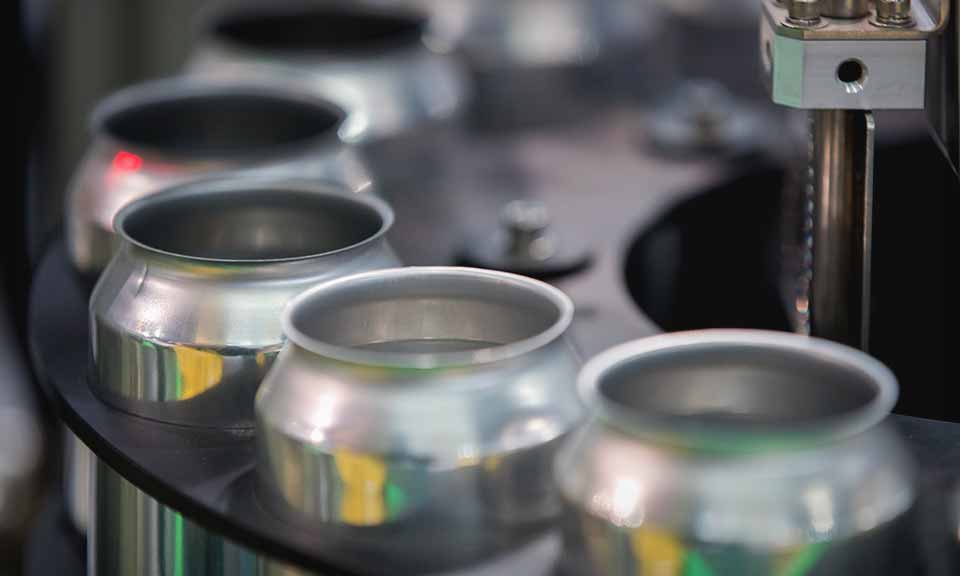
News
Output at Brazilian lithium concentrate plant to reach 130,000 mt/year during Q4 Lithium hydroxide refinery in Germany to delivery first production batches during Q3 Q1 sales of lithium concentrate fell 24% due to shipping variations Miner and lithium supplier AMG Critical Materials has announced that the expansion of its mining operations in Brazil and the ramp-up of its conversion plant Germany remains on schedule despite ongoing volatility in global lithium markets. In a statement marking the release of the company’s first quarter 2024 results on May 7, AMG said that its lithium expansion strategy remains on-track with the company able to access approximately $600 million in capital following a $100 million term loan expansion secured at the end of April. In Brazil, AMG said that the expansion of its lithium concentrate is progressing as planned with the plant expected to reach a full nameplate capacity of 130,000mt/year during Q4 2024, up from a previous capacity 90,000 mt/year. In Germany, the company said that the ramp-up of its lithium hydroxide refinery in Bitterfeld remains on track with the first production batches expected to be shipped out to clients during Q3 2024. AMG plans to produce 20,000 mt/year of battery-grade lithium hydroxide at the plant in the first module, with four additional modules planned to achieve a total production capacity of 100,000 mt/year. In its Q1 results AMG reported quarterly sales of lithium concentrate at 15,652 dmt, some 24% lower than the 20,509 dmt sold during Q1 2023 with the company citing shipping variances in 2023. “Volumes were negatively impacted by shipments that arrived in the fourth quarter of 2023 to the detriment of our first quarter 2024 volumes,” it said. The average realized sales price was $1,163/dmt CIF China for the quarter at an average cost of $616/dmt CIF China. EBITDA during the quarter fell 71% on the year to 31 million which the company attributed to the decline in lithium and vanadium prices. “The average quarterly prices of lithium carbonate and ferrovanadium, the material prices that most significantly impact our financial results, decreased 76% and 33%, respectively, versus the average pricing in the first quarter of 2023,” the company said. With the ramp-up of the lithium concentrate plant, AMG said that the cost per ton will rise relative to historical costs during Q2 2024 due to unabsorbed costs during the ramp-up and lower tantalum sales volumes offsetting higher spodumene production. “Long-term demand trends are encouraging, and additional supply prospects are confronting challenging constraints throughout the industry,” said CEO Heinz Schimmelbusch. “Our low-cost position allows us to endure the current market conditions and prosper considerably at more normalized price levels.” Platts, part of S&P Global Commodity Insights, assessed lithium hydroxide CIF Europe at $14,800/mt May 7, down from $15,900/mt on Jan. 2. Platts Connect: News & Insights (spglobal.com)
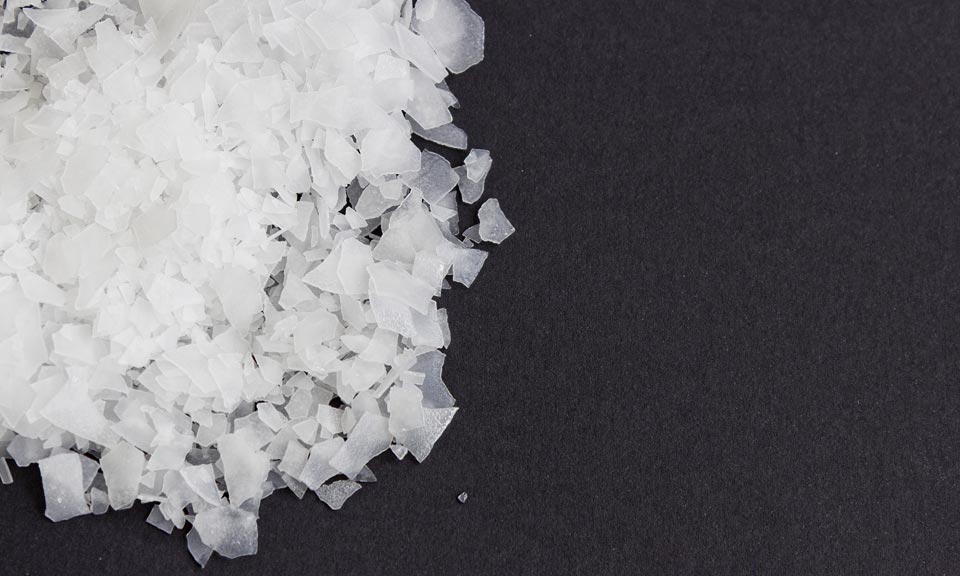
News
Exports also 25.5% higher than March Year-to-date exports up at 89,203 mt Chile’s lithium exports rose sharply in April as producers Albemarle and SQM continued to ramp up production, customs data showed May 7, jumping 82.6% on the year to reach a record 28,764 mt April exports were also up 25.5% from those for the preceding month of March. Exports during the first four months totaled 89,203 mt, up 26% from the same period of 2023. However, the value of Chile’s lithium exports has continued to plummet in line with falling prices. Exports in April fell 38% to $316 million, while exports during the year to date dropped 47.6% to $1.27 billion. Calculated from export volumes and values, Chilean lithium fetched an average price of $11/kg in April, down from $32/kg a year earlier. Platts, part of S&P Global Commodity Insights, assessed lithium carbonate at $15,500/mt on a DDP US basis May 7. Meanwhile, exports of copper concentrates rose 24.7% in April to 1.19 million mt (total weight), while exports during the first four months of the year increased 27.4% to 4.359 million mt. The rise was driven by shipments to China which climbed 12.9% to 2.876 million mt. Chilean copper production is expected to rise 5% this year to around 5.51 million mt, driven by the ramp-up of Teck’s newly expanded Quebrada Blanca mine. The rise helped offset the sharp fall in cathode shipments this year. These fell 8.2% in the year to April to 746,940 mt, including a 17.5% drop in April to 181,336 mt. Platts Connect: News & Insights (spglobal.com)
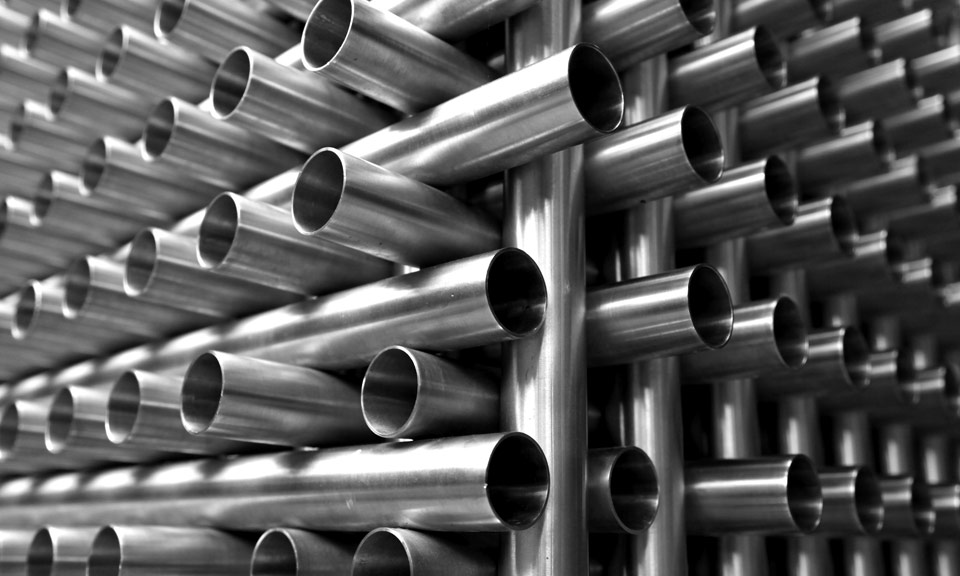
News
This interactive map features the four main types of decarbonization efforts that Asian steelmakers have come up with and invested into, in a bid to reduce carbon emissions and achieve carbon neutral goals ranging from 2045 to 2060. Related story: Asian steel decarbonization growth uneven despite ambitious carbon neutral goals
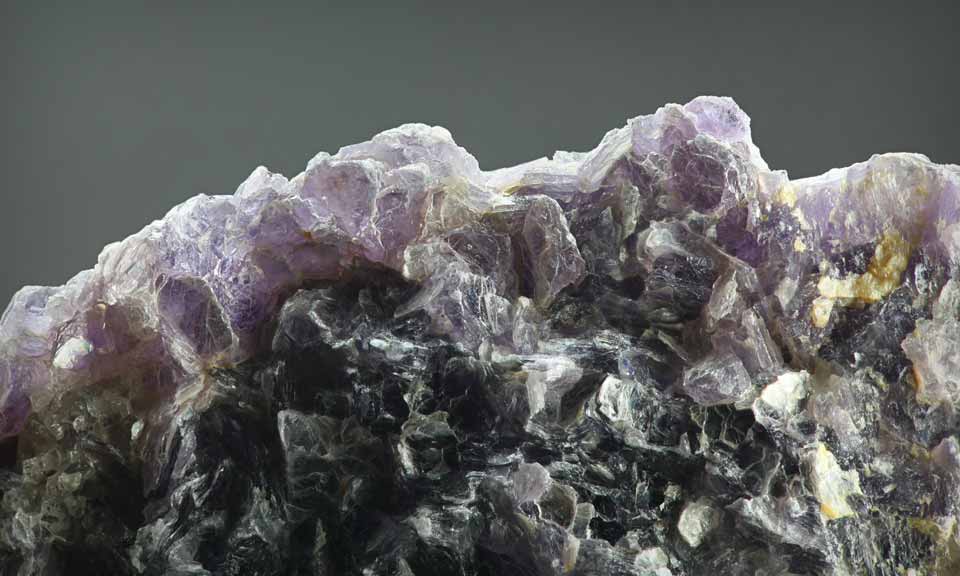
News
Sales prices higher than stabilized seaborne levels Company attributes prices to product quality, customer relationships Total capacity could reach 170,000 mt/year by end of 2026 Arcadium Lithium achieved average realized pricing of over $20,000/mt for its global lithium carbonate and hydroxide sales in the first quarter, coming in higher than seaborne lithium prices for the period, CEO Paul Graves said May 7 in the company's Q1 earnings statement. “Our multi-year customer relationships and wide range of high-quality lithium products allow us to reduce the overall volatility of our earnings while maximizing the value per unit of lithium sold,” Graves said. The first quarter represented Arcadium’s first full quarter as a newly created company via the merger of lithium producers Livent and Allkem . The merger was completed in January. The combined lithium company is now dual listed in the US and Australia with operations in multiple continents. Asian seaborne lithium prices, one of the leading indicators for global lithium prices, have stabilized so far in 2024 after rising to record highs in 2022 and subsequently plunging in 2023. Platts, part of S&P Global Commodity Insights, assessed lithium carbonate CIF North Asia at $14,600/mt May 7, its highest level since Jan. 11. The assessment has hovered between $13,500/mt and $14,500/mt for most of the year. The trend has been similar for lithium hydroxide since 2022, with the Platts assessment at $14,800/mt May 7 on a CIF North Asia basis. “We see encouraging signs in the lithium market and underlying demand fundamentals remain very strong,” Graves said. “Prices have increased from the cycle bottom and appear to have stabilized at levels that are notably higher than what we saw in the last downturn.” Arcadium said its total Q1 sales volumes, including both finished lithium products and mined lithium spodumene, dipped from the prior sequential quarter due to a decline in spodumene sales resulting from its production cuts at Mt. Cattlin in Australia. However, it did not disclose its sales volumes. The lithium producer reported a net income of $19.9 million on sales of $261.2 million in Q1, compared with an income of $114.8 million on sales of $253.5 million in Q1 2023. Expansions in 2025-26 to add 95,000 mt/year of capacity Arcadium said it remains on track to complete a slate of new capacity constructions and existing capacity expansions in 2025 and 2026, adding about 95,000 mt/year of nameplate production capability to reach a total 170,000 mt/year across its global footprint by the end of 2026, on a lithium carbonate equivalent basis. “This pathway to significant near-term volume growth puts our company in a unique position within our industry,” Graves said. “There is no doubt that post-merger, we are stronger and more resilient, and we remain confident investing in our highly attractive assets throughout market cycles.” The new capacity planned through 2025 and 2026 will add 25,000 mt in Argentina across the Fénix and Sal de Vida projects and an additional 70,000 mt in Canada across the Nemaska and James Bay projects. In 2024, Arcadium is currently commissioning, qualifying or ramping a 10,000 mt carbonate expansion at its Fénix site in Argentina, a 25,000 mt carbonate expansion at its Olaroz site in Argentina, a 5,000 mt hydroxide expansion at its Bessemer City plant in the US and new hydroxide capacity totaling 15,000 mt at its Zhejiang plant in China. Platts Connect: News & Insights (spglobal.com)